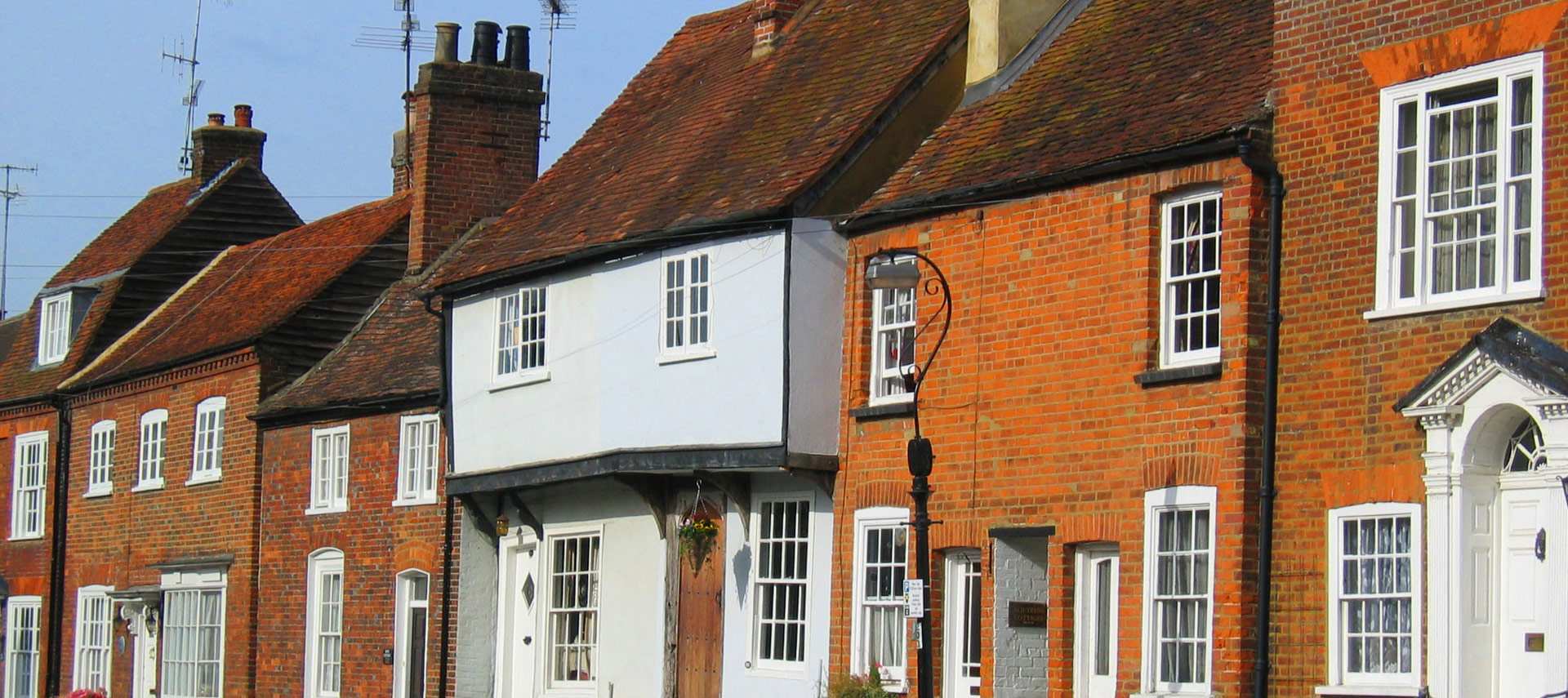Party Wall Survey
What is a party wall?
A party wall is the line that divides the building/land of two owners, it is the boundary which is shared between the two so any works directly affecting or within close proximity to this boundary would usually require a party wall agreement. In urbanised areas, it is frequently the case that buildings are constructed next to one another. They may be physically linked, sharing a common wall or partition. With thousands of homes being built in terraces or as semi-detached across the country, this is a very regular occurrence. Even if not actually joined, buildings can still be constructed close to each other. In these situations, if you are carrying out works governed by the Party Wall Act, you need to serve a party wall notice on your neighbours.
The Party Wall Act 1966
The Party Wall Act 1966 aims to manage disputes by setting out these requirements that cover building works including structural changes, digging near foundations and so on. This must be done at least two months before the notifiable works begin, and at least one month before the notifiable excavation works begin. The Act does not cover minor works such as electrical installations, putting up brackets or shelving, or re plastering. However, it does cover cutting in to support a beam when removing walls, installing a damp proof course, underpinning and – important when considering a domestic extension or conservatory – excavating for new foundations within three metres (or sometime six metres) of a neighbour’s property. A neighbour has the legal responsibility to give written notice of proposed works, though it is generally accepted that an initial conversation is helpful. A Written agreement must be given. Where a neighbour does not agree in writing with any proposals for building work, the act provides for surveyors to be appointed, to ensure that works are undertaken correctly and will not cause damage to the other party. A document called a Party Wall Award is drawn up, noting the existing condition of buildings on the other side of the party wall or structure, the work to be carried out, and who has financial responsibility for the works and any consequential damages that might be incurred. So, whether you are planning works to (or near) a party wall, or find that your neighbours are considering such work, it is advisable to appoint a professionally qualified building surveyor to act on your behalf at the outset. Extension Architecture will be able to save time and money by advising on the correct procedure prior to commencing the work, and on the best methods of construction to use.
The party wall process?
Once you have served notice, your neighbours, known as “the adjoining owners”, have 14 days to respond. Work can go ahead immediately if they agree in writing. If they dissent or fail to reply the matter goes into dispute, and this is when it can become expensive. You should give your adjoining owners at least 10 days to decide whether one surveyor can act for both of you or whether two surveyors should be involved in drawing up a party wall award, which lays out the rules your builder must adhere to while carrying out the party wall works. Your neighbour’s property will also be surveyed both before and after the works are carried out to see if any damage has occurred, which you’ll need to repair.
- Planning Applications
- Building Regulation Drawings
- Site Survey
- Project Management
- Architectural/Interior Design
Contact us
Our Professional Advisers will help you choose the right service Please Contact us or call 0207 801 0566

Steph Fanizza
Architectural Design & Team Manager

